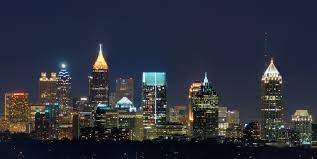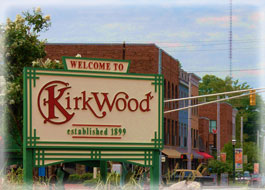
A decade of business evolution was compressed into a single year, of necessity. Companies learned to deal with a remote workforce and found it good. So did the workers. Electronic commerce went from being a luxury to a necessity. New jobs were created in warehousing and delivery, while those in retailing and wholesaling disappeared.
Now that the pandemic is easing, we’re not going back. Companies that force people back into offices are going to find themselves at a disadvantage. The acceleration of cloud means many jobs are gone for good.
There are some who think this means we’ll all be living separate lives after this. I don’t think so. That’s not how things went after 1918. On the contrary, people became desperate for other people, for life, and for meaning. They didn’t call it the Roaring 20s for nothing.

Governments aren’t ready for it. We’re talking about cities as a collection of walkable villages. We’re talking about breaking office towers into apartments, just as we once turned factories and warehouses into lofts. The main employment centers, the places people will still commute to, will be dependent on expensive machinery, mainly warehouses, hospitals and universities.
Here, too, the word will be diversity. Housing, offices, and retail need to mix. You don’t have to drive to buy things. Wherever there’s density we also need many more parks. Urban centers need to be made truly livable or they’ll die.
But that’s not what I’m seeing. Instead, I’m seeing a cry for “affordable housing” that’s building new ghettoes, thousands of tiny apartments isolated from shopping and offices. I’m seeing exurban leaders looking to build more roads into the wilderness, lined with cul-de-sacs and strip malls.
Breaking this up, making real physical change happen that accommodates the needs of both the upper and lower middle class, is going to be the big governance challenge of this decade.









